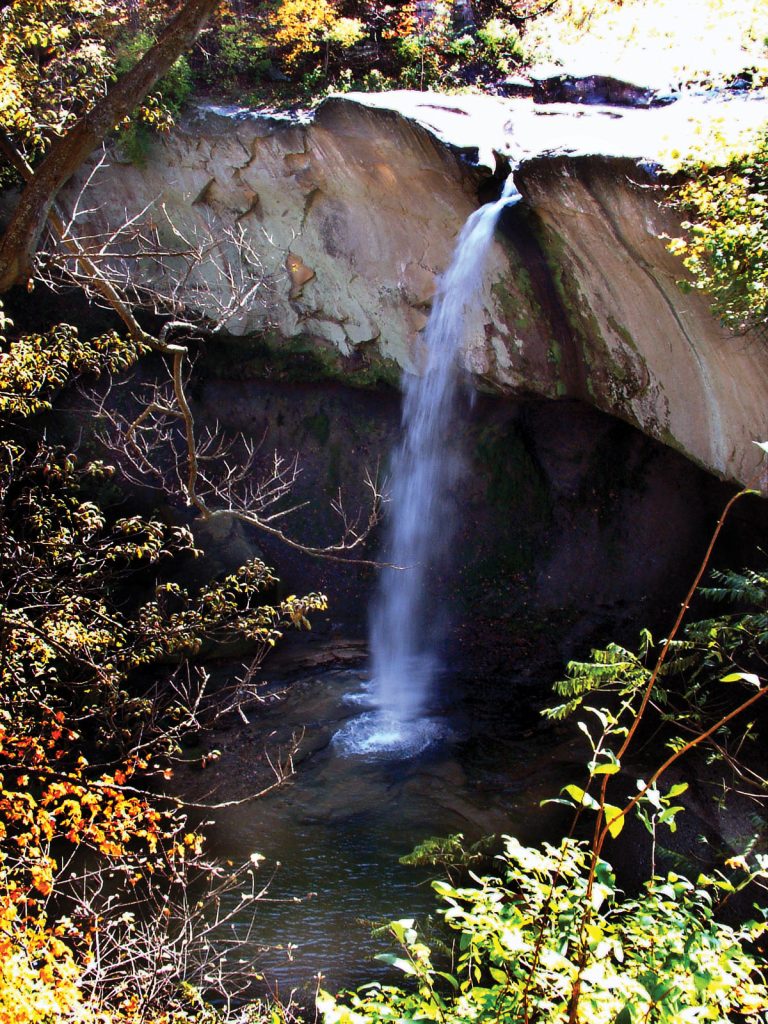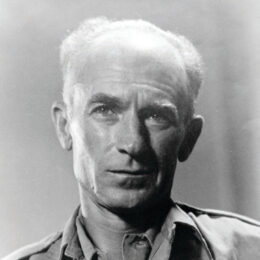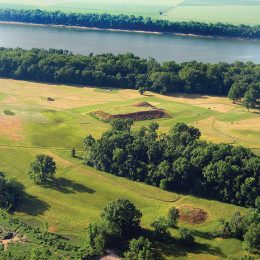
As one of Indiana’s most rural counties, Warren has fewer than 23 people per square mile. Much of its 366 square miles is devoted to agriculture, especially in the county’s northern and western parts where Indiana ends and the open prairies of Illinois begin.
The county’s farmland is among the most productive in the state. And, while Warren is a quiet farming county, even advertising its seat of Williamsport as a kind of “Mayberry,” the county is not without geographical and historical landmarks.
The Wabash River, flowing west by southwest out of neighboring Tippecanoe County, defines most of the southeastern side of Warren’s inverted wedge shape. Toward the county’s southwest tip is where the Wabash makes its sharp lefthand turn southward.
Eleven years after its founding, Warren County became part of the tragic Potawatomi “Trail of Death.” In the fall of 1838, about 860 members of the Potawatomi people were rounded up near Plymouth, Indiana. They were then forced to march at gunpoint from Marshall through Fulton, Cass, Carroll, Tippecanoe and Warren counties, and then across the states of Illinois and Missouri to eastern Kansas. Along the way, more than 40 people, mostly children, died and were buried. The group camped in Warren County, Sept. 14, 1838, near Williamsport, and Sept. 15, near State Line City, on its way to Illinois. Two Potawatomi children were buried near the Sept. 15 campsite.
Geographically significant, Warren County has the highest free-falling waterfall in the state. Williamsport Falls, located in downtown Williamsport, drops 90 feet over a sandstone ledge. Unlike most natural features you have to find, this one is less than 1,000 feet from the county courthouse. A trail allows visitors to venture into the gorge where they can walk beneath the overhanging rock formation and behind the mist of the falls. The caprock over which the creek falls is nearly 40 feet thick.
The best time to view the falls is after a rainy spell or snow melt, or in the winter when it freezes over and is encased in varying muted colors of ice. In dry weather, Fall Creek, which feeds the falls, is often barely a trickle. In fact, the falls are sometimes called “Dry Falls.”
State Line City, on the southwestern edge of the county, shares its western border with the Illinois state line. President-elect Abraham Lincoln was welcomed there on his train ride east to his inauguration in 1861. The Wabash Railroad he was riding left Springfield, Illinois, on the morning of Feb. 11, the day before Lincoln’s 52nd birthday. It crossed into Indiana at State Line City later that day.
A marker there records Lincoln’s brief whistle-stop remarks to well-wishers which read in part: “I am happy to meet you on this occasion, and enter again the state of my early life, and almost of my maturity. I am under many obligations to you for your kind reception and to Indiana for the aid she rendered our cause which I think a just one ….”
County Facts
Founded: 1827
Named for: Joseph Warren, a major-general in the Massachusetts militia, who was killed in 1775 at Bunker Hill.
Population: 8,219
County seat: Williamsport
Indiana county number: 86



